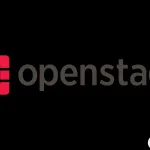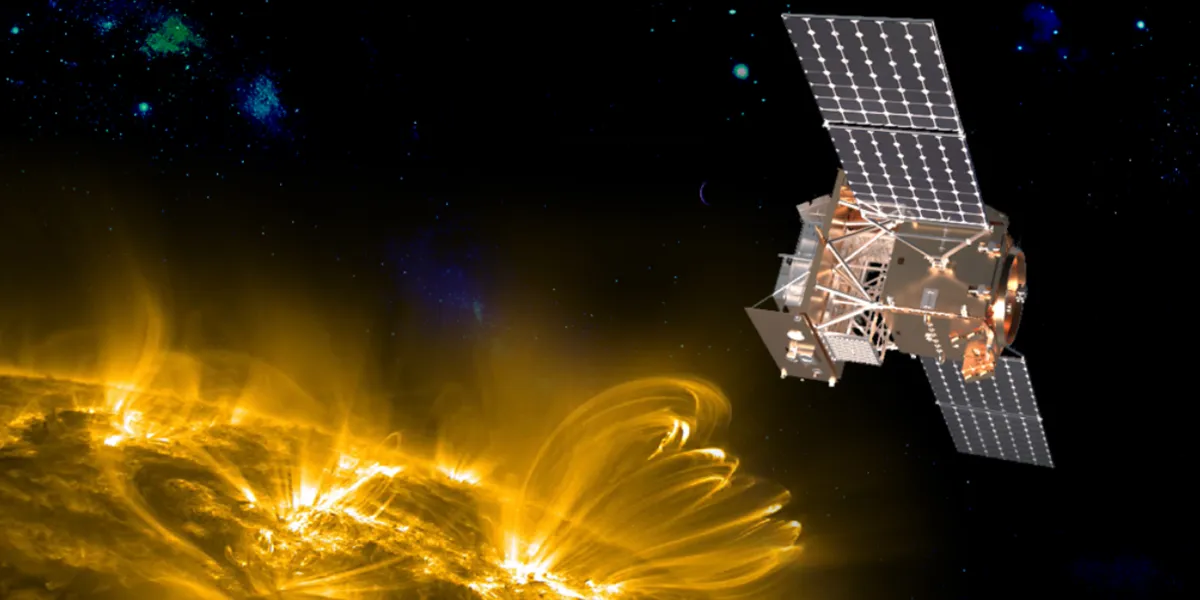
India set to launch solar observatory mission Aditya-L1 this week

India will launch Aditya-L1, its inaugural space-based solar observatory mission to gather information about the sun. This comes right after the successful landing of the Chandrayaan-3 moon rover mission. India’s solar observatory mission, Aditya-L1, will launch at 11:20 pm PT on September 1 (11:50 am IST on September 2). They’ll use the PSLV-XL rocket from Satish Dhawan Space Centre. The spacecraft will take approximately 109 days to reach a halo orbit around the Lagrange point 1 (L1), positioned 933,000 miles away between the sun and Earth.
🚀PSLV-C57/🛰️Aditya-L1 Mission:
The launch of Aditya-L1,
the first space-based Indian observatory to study the Sun ☀️, is scheduled for
🗓️September 2, 2023, at
🕛11:50 Hrs. IST from Sriharikota.Citizens are invited to witness the launch from the Launch View Gallery at… pic.twitter.com/bjhM5mZNrx
— ISRO (@isro) August 28, 2023
ISRO’s Aditya-L1 mission plans to improve understanding of phenomena like coronal heating, coronal mass ejections, solar flare activities, and space weather dynamics. The satellite weighs 3,300 pounds and features scientific, observation, and experimentation payloads, including four remote sensing payloads. Moreover, its aims include discovering solar upper atmospheric dynamics, studying chromospheric and coronal heating, observing particles and plasma environments, understanding solar corona physics and heating, and identifying space weather drivers.
Originally named Aditya, the Aditya-L1 mission was formulated in 2008 to discover the solar corona. However, ISRO improved its scope and renamed it Aditya L-1 to become a detailed observatory for solar and space environments. The Indian government allotted approximately $46 million for the mission in 2019, but they haven’t disclosed the latest cost updates. ISRO gained international recognition for Chandrayaan-3’s successful lunar landing, marking India as the fourth nation to achieve this feat.













